News

Giving the Smallest GI Transplant Patients a New Lease On Life
- Author:
- Jennifer Lubell
As medical director of intestinal transplant at Stanford Children’s Health, Dr. Yoyo Zhang sees children with critical illnesses like intestinal...
News

In a Parallel Universe, “I’d Be a Concert Pianist” Says Tennessee GI
- Author:
- Jennifer Lubell
Whether it’s playing her piano, working on a sewing project, or performing a colonoscopy, Dr. Stephanie D. Pointer enjoys working with her hands...
News

Patient Navigators in Rheumatology Set to Expand in Importance, Scope With New Medicare Codes
- Author:
- Jennifer Lubell
Rheumatology navigator programs vary in scope with different funding mechanisms. However, the prospect of getting paid by Medicare could open...
News

Obesity Is Not a Moral Failing, GI Physician Says
- Author:
- Jennifer Lubell
Stigma around obesity can have a crippling effect on patients, says Dr. Janese Laster, a bariatric endoscopist in Washington.
News
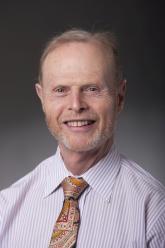
Rheumatologist Volunteers Make a Difference to Those in Need at Home and Overseas
- Author:
- Jennifer Lubell
Two rheumatologists give insights about the great rewards of rheumatology volunteer work while also providing insights on its challenges across...
News
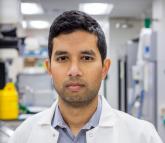
Physician-Scientist Taps into Microbiome to Fight Cancer
- Author:
- Jennifer Lubell
Dr. Neelendu Dey is a gastroenterologist and researcher at the Fred Hutch Cancer Center in Seattle.
News

Steroids’ 75th Anniversary: Clinicians Strive to Use Less
- Author:
- Jennifer Lubell
Now in the 75th year since the first presentation on the clinical use of glucocorticoids, what consensus has been reached in sparing their use to...
News
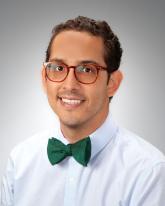
New Drugs, Treatment Strategies Aim to Lessen Rheumatic Diseases’ Reliance on Steroids
- Author:
- Jennifer Lubell
Selective GC receptor agonists and modulators and GC plus hydroxysteroid dehydrogenase inhibitor combination therapy are some of the approaches...
News

For One Colorado GI, Private Practice Is Anything But Routine
- Author:
- Jennifer Lubell
For Dr. Mathew, working in private practice offers a rich and varied professional experience.
News

Want a healthy diet? Eat real food, GI physician advises
- Author:
- Jennifer Lubell
Dr. Scott Ketover has a strong interest in the link between the gut microbiome and general health.
News

GI Doc Aims to Lift Barriers to CRC Screening for Black Patients
- Author:
- Jennifer Lubell
Dr. Adjoa Anyane-Yeboa’s research has focused on the barriers to colorectal cancer screening in the Black population, the most common of which was...
News

GI Physician Channels Humor to Incentivize Cancer Screenings
- Author:
- Jennifer Lubell
Humor is something Dr. Shida Haghighat has reached for throughout her life and career.
News

The Gamer Who Became a GI Hospitalist and Dedicated Endoscopist
- Author:
- Jennifer Lubell
Reflecting on his career in gastroenterology, Andy Tau, MD, claims the discipline chose him, in many ways.
News
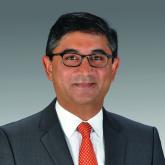
Gastroenterologist advocates for fair coverage, reduced physician burden
- Author:
- Jennifer Lubell
It’s sort of an antidote to burnout — working with the AGA, with my colleagues, and in the day-to-day care of patients.
News
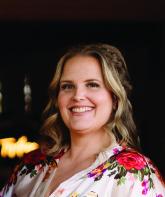
Best Practices for Hiring, Training, Retaining Rheumatology Advanced Practice Providers
- Author:
- Jennifer Lubell
Advanced practice providers are a cornerstone of strategies to bolster the shortage of rheumatologist across the United States, and here are many...
